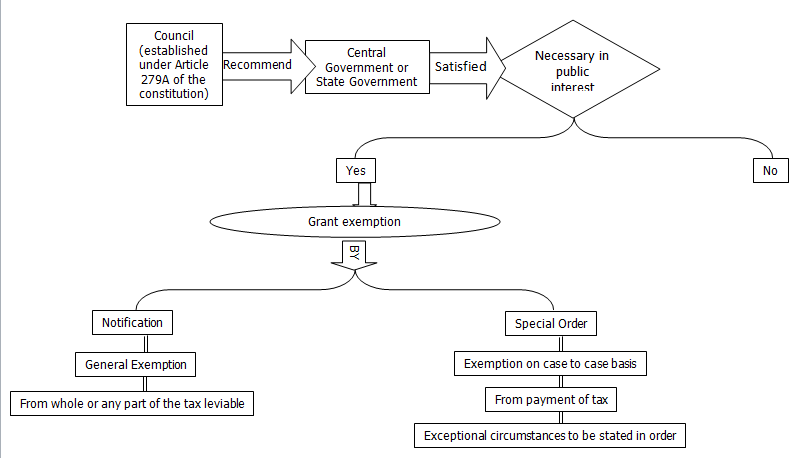Casual Taxable Person under GST
Who is casual taxable person?
As per sec 2(20) of revised model GST law – A casual taxable person means a person who occasionally undertakes transactions involving supply of goods and/or services in the course or furtherance of business whether as principal, agent or in any other capacity, in a taxable territory where he has no fixed place of business.
The essential elements for being a casual taxable person are:
- Occasional transactions in a specified state jurisdictions, i.e., he does not do his business in a single place for whole of the year and needs to frequently change his place of business. Eg. Circus business etc.
- He may have a fixed place of business
Section 24 of revised GST Model law specified some special provision for casual taxable person which are reproduced below:
24. Special provisions relating to casual taxable person and non-resident taxable person
(1) The certificate of registration issued to a casual taxable person or a non-resident taxable person shall be valid for a period specified in the application for registration or ninety days from the effective date of registration, whichever is earlier
and such person shall make taxable supplies only after the issuance of the certificate of registration:
PROVIDED that the proper officer may, at the request of the said taxable person, extend the aforesaid period of ninety days by a further period not exceeding ninety days.
(2) Notwithstanding anything to the contrary contained in this Act, a casual taxable person or a non-resident taxable person shall, at the time of submission of application for registration under sub-section (1) of section 23, make an advance deposit of tax in an amount equivalent to the estimated tax liability of such person for the period for which the registration is sought:
PROVIDED that where any extension of time is sought under sub-section (1), such taxable person shall deposit an additional amount of tax equivalent to the estimated tax liability of such person for the period for which the extension is sought.
(3) The amount deposited under sub-section (2) shall be credited to the electronic cash ledger of such person and shall be utilized in the manner provided under section 44.
From the above provisions following are broad compliances which a casual taxable person needs to be complied with:
- Such person shall be required to obtain registration in each of the state in which he undertakes supplies.
- A casual taxable person shall apply for registration at least five days before the commencement of business in a taxable territory where he has no fixed place of business.
- Such certificate of registration shall be valid for a period of maximum 90 days subject to validity period in registration certificate.
- On request above validity period may be extended for a period not more than 90 days. Under no circumstances registration is allowed for more than 180 days.
- Such person shall deposit its estimated tax liability in advance at the time of registration.
- Such advance tax shall be utilized in the manner provided under sec 44.
- Any excess advance tax paid may only be refunded only when such person has file all returns for the validity period his registration certificate.
- Such people need not to file annual return.
However a casual taxable person needs to file annual return in the state where he has fixed place of business.
